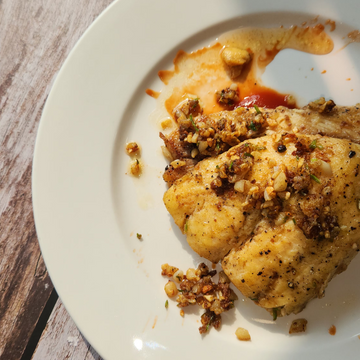By Shailesh Patel, Co-founder, Dam Good Fish
Indian cuisine has always been a tapestry of flavors—woven together by geography, history, and community. But today, a quiet revolution is reshaping the way we eat. Regional Indian food, once considered niche or confined to family kitchens, is no longer on the sidelines. It’s taking center stage in both restaurant menus and home cooking.
From Nostalgia to Culinary Pride
Dishes like smoky Bihari litti chokha, the fiery Mangalorean ghee roast, and the wholesome Sindhi Sai Bhaji are making their way back into the spotlight. This isn’t just about nostalgia—it’s about preserving culinary heritage with a modern twist.
Menus across India are showcasing lesser-known regional gems:
· Fermented bamboo shoot pork curry from Nagaland
· Chhena Poda from Odisha
· Bombil fry from the Konkan coast
· Bengali mustard hilsa that has long been a festive staple
Chefs are proudly exploring their roots, reviving forgotten recipes, and celebrating hyperlocal traditions.
The Seafood Resurgence
Seafood is witnessing a resurgence like never before—not just in coastal kitchens but also across urban India. With improved accessibility and demand for fresh, traceable fish, traditional seafood recipes are being embraced by new-age chefs and home cooks.
From hilsa in mustard sauce to Konkan-style bombil fry, regional seafood preparations are finding their way onto everyday menus. What was once considered niche is becoming mainstream—powered by a growing movement toward sustainable sourcing and regional authenticity.
Conscious Eating & Sustainability
The rise of regional cuisines is closely tied to conscious eating. Diners today are asking more questions: Where does this come from? Is it seasonal? Is it sustainable?
This curiosity has fueled a return to:
· Native grains like millets and sorghum
· Traditional pickling methods
· Forgotten recipes passed down by grandmothers
By choosing dishes with cultural and seasonal relevance, consumers are reshaping what it means to eat “Indian food” today.
The Role of Social Media
Food is no longer confined to kitchens—it’s amplified online. Food bloggers, home chefs, and culinary storytellers are giving regional food its long-overdue spotlight. A single reel of Nagaland’s smoked pork or a photo series of Goan curries can inspire thousands to cook, taste, and share these culinary treasures.
The Future of Indian Menus
The plate is no longer about fusion or international flair. The future lies in grounding our food in tradition, celebrating the hyperlocal, and telling stories through recipes that span centuries.
Regional cuisines are not just feeding stomachs—they’re feeding identity, memory, and culture. And in doing so, they’re reshaping the very definition of Indian food for the next generation.






